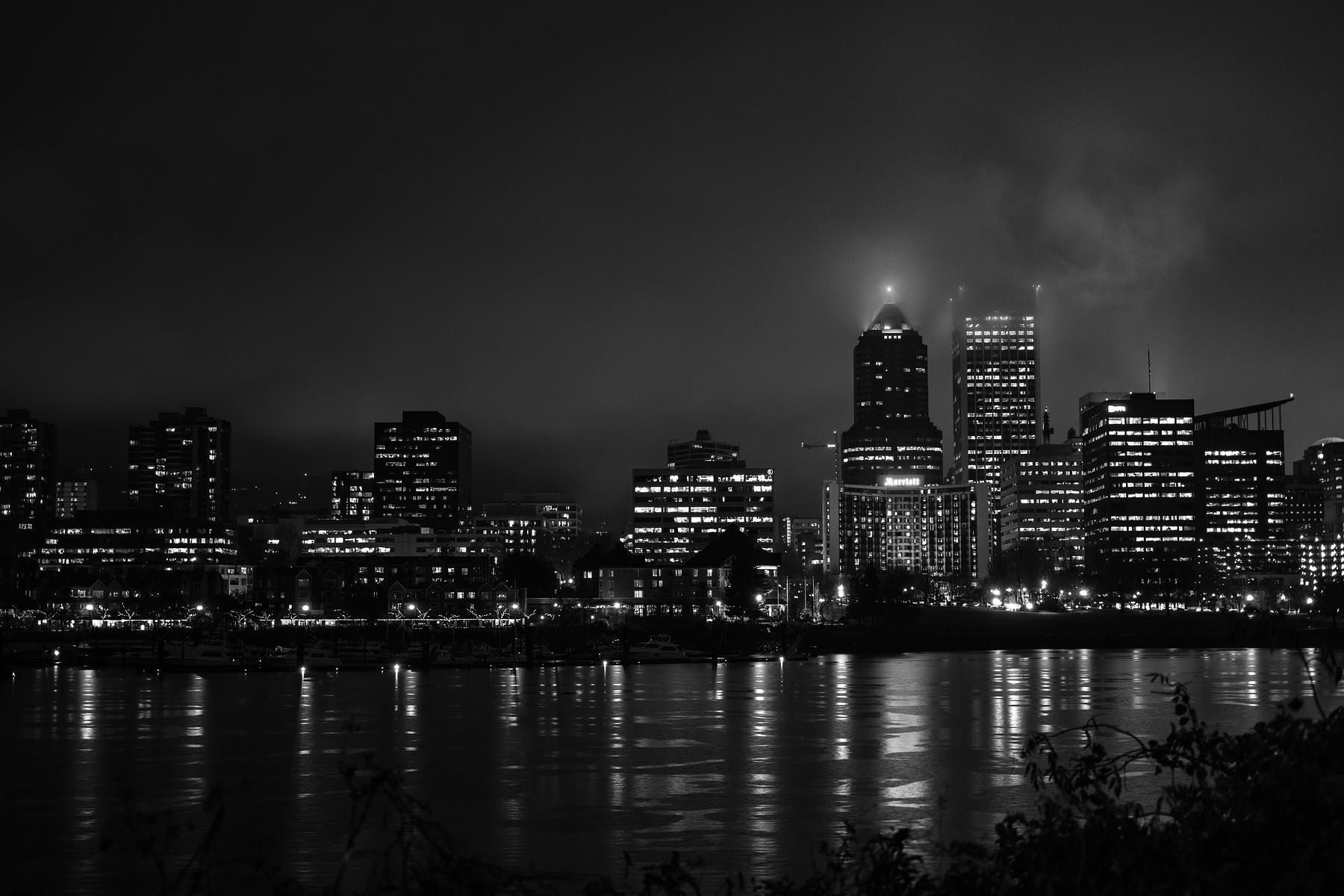More on the X-Pro3, which has done as it should and largely disappeared
When I first got the X-Pro3, I wondered if I was going to have that nagging “oh, this wasn’t the right thing” feeling I’ve had over the years when a camera doesn’t quite click with me. Back in my point-and-shoot days, it was with Canon’s followup to one of the Powershot S-series. In my early dSLR days, it was Pentax’s followup to the K10D, and then the Nikon 5000. Back on the point-and-shoot side, it took about a week to decide the Fuji XF10 was largely a dud. ...


